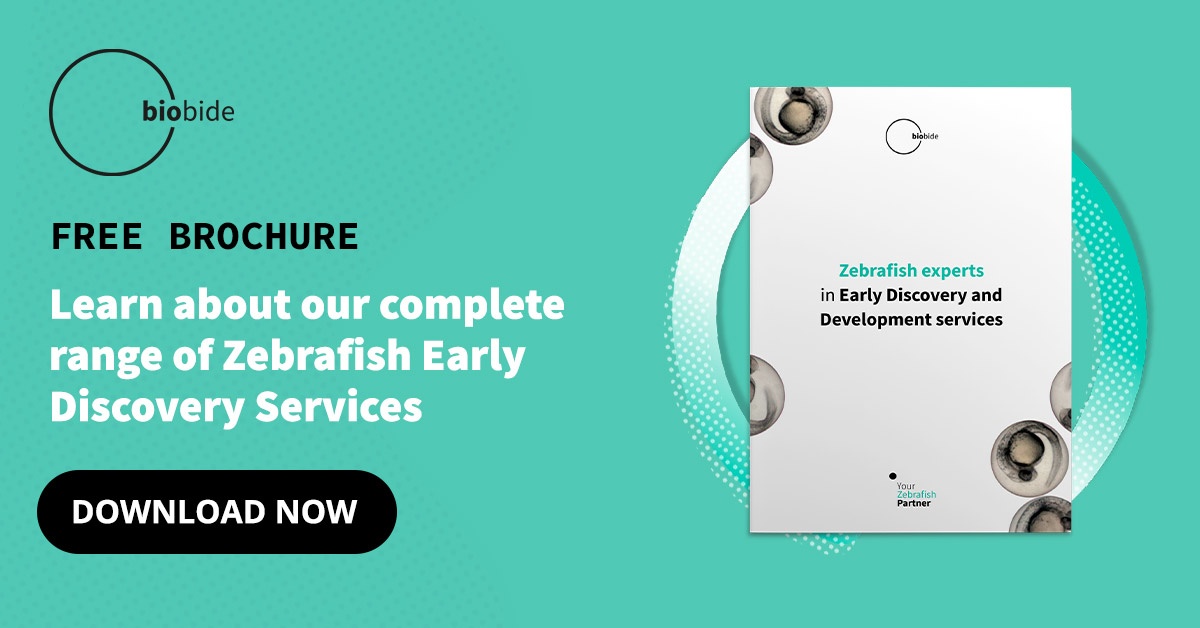The Drug Discovery process starts with finding an interesting molecule or a promising chemical compound. The nearly endless permutations of reactions and bonds between these tiny building blocks and the human body mean the entire journey starts with an open eye and a large lens.
Knowing where to focus and how exactly to adjust the aperture is where expertise guides the methodology and leads to more efficient drug development. Researchers and scientists working in Drug Discovery have the knowledge and skill set to map out a path for better answers to known problems and develop new paths for new problems. In this article, we’ll explain the importance of preclinical studies in Drug Discovery.
What are Preclinical Studies?
Preclinical studies involve the initial stages of looking for new cures and potential treatments for both new and well-established diseases. It is the first stage of the Drug Discovery process.
Once an initial target is identified and a lead confirmed, the next steps are all about studying the toxicity, efficacy, and safety of the new drug in preclinical studies. These tests require performing experiments that reveal how the chemistry behind the treatment affects the biological system.
As the first interaction with living biological systems, preclinical studies represent one of the most important stages in all of Drug Discovery. Fully understanding the impact and complex interactions between the new drug and living systems is crucial.
Preclinical studies are about testing a new drug in measurable ways to understand how it works in practice while building a clearer understanding of all biological reactions.
With the end goal being entering clinical trials and testing on human subjects, these first tests on living organisms greatly impact drug development. Any study on humans can only be approved if the new potential treatment is understood as completely as possible.
Everything about how it could affect humans needs to be understood before researchers and scientists can think about studying the effects on patients in clinical trials. In order to achieve that level of certitude, a new drug needs to be tested on an animal model that closely approximates human biology.
Matching all biological structures to humans is imperative for any target, lead, or hit looking to enter preclinical phases. The shift from the earliest stages of Drug Discovery to preclinical stages is all about understanding the new treatment in relation to how it affects and reacts with humans. Every possible benefit and every side effect needs to be measured and understood before a new drug can enter the market as a treatment for patients around the world. This can be done using alternative animal models.
Alternative Animal Models in Preclinical Trials
In the modern era, there is a new push to find alternative animal models for efficient and effective preclinical trial practices. While traditional animal models like rodents may have an established presence, they are lacking in a few key areas, especially as more regulatory agencies and governments are seeking 3Rs solutions to animal research. The need for repeatable, viable, and verifiable data is often at odds with the ethical limitations imposed by many mammals’ reproductive and development cycles.
Finding an alternative animal model that can overcome these behavioral and ethical barriers while bringing new benefits is important for preclinical studies because it allows researchers to save costs and time. Any pharmaceutical company looking to bring a new drug to market needs to be raising the bar for ease-of-use and pushing for higher ethical standards without sacrificing human genetic homology. Alternative models like Zebrafish, daphnia and algae are strong options for preclinical research as a way to adhere to the 3Rs (Replace, Reduce, and Refine), while still delivering reliable results.
Zebrafish in Preclinical Studies
Zebrafish are a good option for preclinical studies and Drug Discovery. Zebrafish share many similarities with humans while being easier to manipulate and use than other animal models. These small vertebrates share an incredible amount of their disease genes with humans (up to 85%), making them an ideal candidate for preclinical studies. With Zebrafish it’s easy to see how a new treatment could affect human biology.
Zebrafish are an example of an alternative animal model that overcomes the barriers facing many animal models. They present an option for easy to scale preclinical studies that open up new possibilities for viable testing and multiple assays that meet a higher ethical standard while also benefiting from high genetic homology with humans.
They are an ideal candidate to test new drugs on, producing hundreds of eggs every day that develop outside the body in less than a week. The natural tendencies of Zebrafish are already adapted to scientific observation.
Their transparent embryos and quick reproductive cycles give researchers a non-invasive way to observe how a new treatment affects the biological system with repeatable and scalable experiments.
The inherent benefits of Zebrafish and their homology to humans make them a great choice for any pharmaceutical company looking for an animal model in preclinical phases.






